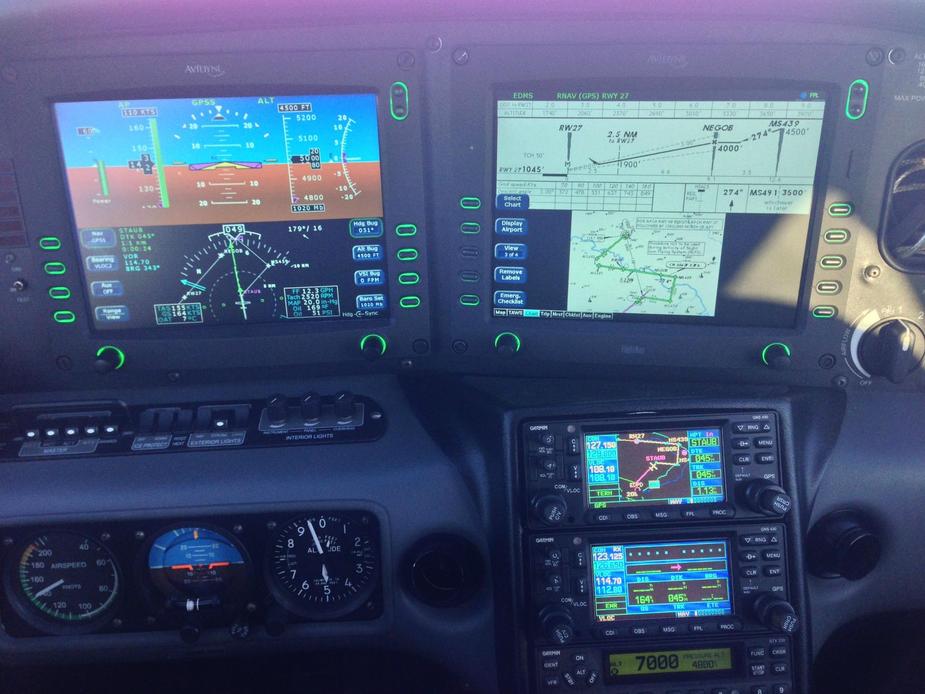The register is irrelevant to my estimate.
Re engine failures, your account – even though totally anecdotal – would confirm the assumption that heavily turbocharged engines do indeed fail more often than normally aspirated or normalized engines. But I guess nobody really knows for sure.
I had none in 1250 hours.
But I did have: 2 vacuum pump failures and 1 time the electrical system in a 172 RG failed in IMC, …with instructor on board.
Several years ago I got a figure of about 50 in the UK and about 50 in Germany. That was from the German head of the Cirrus association. If there is 500 in Europe now, that is a tremendous growth, during a time when US sales have been declining.
Under Swiss Register:
- 5 SR 20
- 6 SR 22
of course there are some N-Reg too.
2 of the SR20 and one SR22 are currently listed for sale on planecheck.
They’ve done well, and for good reason. It’s too bad they couldn’t make something of the lower end “SLS” aircraft they proposed – it may have been an option for flight schools and thereby a natural step into an SR20, like the automotive industry does with their efforts to retain customers.
I think that nothing beats the situational awareness of a glass cockpit like the one of the SR22 … This was a RNAV practice approach to EDMS yesterday just to test the autopilot. The IFR approach chart is available in several views. I selected this one to see the vertical profile AND the position of the plane in the approach below. What I like best is the route display in the PFDs 120 degree arc view

They’ve done well, and for good reason. It’s too bad they couldn’t make something of the lower end “SLS” aircraft they proposed – it may have been an option for flight schools and thereby a natural step into an SR20, like the automotive industry does with their efforts to retain customers.
I tend to agree with this.
Actually it’s pretty much what they did do for the contract they won with the US Air Force and I am a bit surprised they didn’t think to take it further along the lines you suggest.
Many years ago I visited both FK and Aquila at their Aero show displays together with Alan Klapmeier. He was very much impressed by the FK 14 Polaris ultralight (which actually looks like a light Cirrus) and he had the idea to offer the type as an entry level Cirrus. I know he also liked the Aquila. But I forgot why nothing ever came out of all these plans. I guess that they simply did not have the capacity for such a project and I know that some people at Cirrus told me about it back then … but i can’t remember. Maybe I can find my old notes … :-)
According to large numbers of flying school operators, there is a massive hole in the market for a basic 2-seat trainer like the C152.
I am sure Cirrus looked at this and found a reason to not go there.
My guess as to the reasons is
Also the SR22 outsold the SR20 about 10:1 so Cirrus probably got the message that the best place to be is where customers throw large amounts of $$$ at them  As with the TB9 – 10 – 200 – 20 – 21 progression (where there is a dramatic increase in the value for money / mission capability at the TB20/21 level) there is a similar big step with the SR22, and most people deciding between the SR20 and SR22 realised this.
As with the TB9 – 10 – 200 – 20 – 21 progression (where there is a dramatic increase in the value for money / mission capability at the TB20/21 level) there is a similar big step with the SR22, and most people deciding between the SR20 and SR22 realised this.
Generally, in any business, “upmarket” is a better place to be, because “downmarket” you get